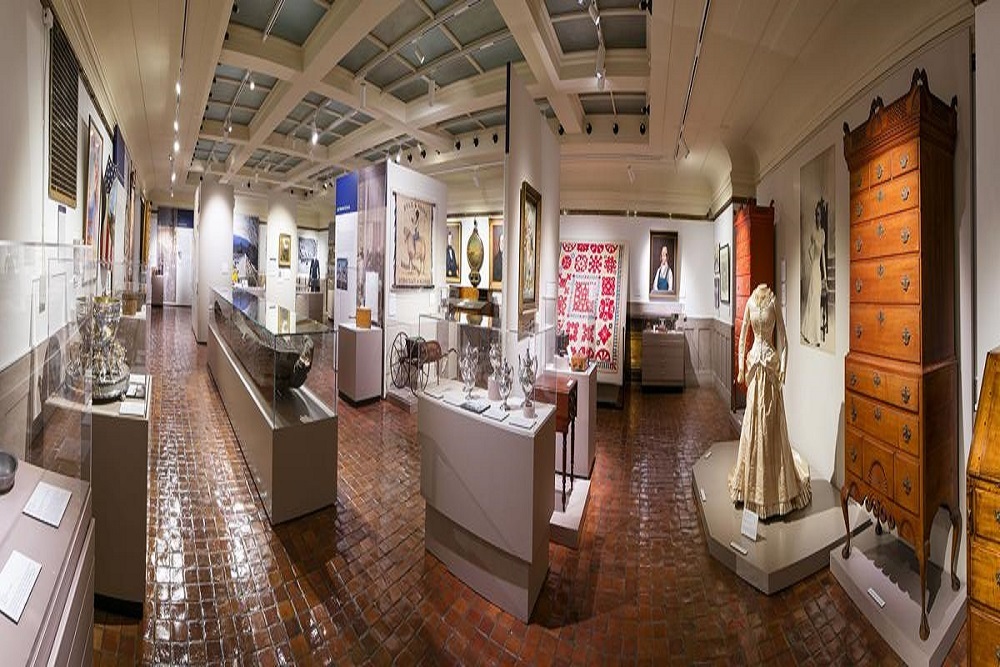City of Kentwood recently issued the following announcement.
Today, we’re launching a monthly series where we'll share historical articles from the City of Kentwood Historic Preservation Commission. Each month, we’ll share a new story that features interesting facts from Kentwood’s past. First up: the plank road.
In the 1840s and 1850s, there was a desire to improve transportation in Michigan with the construction of wooden toll roads, called plank roads. They were thought to be an economical alternative to railroads since lumber was plentiful and the road could be built with local labor. Before plank roads were common, streets were made of dirt or sand, which made traveling difficult when passing through the marshy lowlands of West Michigan.
In 1847, Michigan’s governor signed nearly 200 charters for private plank road companies, although only 89 roads were ever completed. The Kalamazoo and Grand Rapids Plank Road Company constructed a plank road that followed nearly the same route as modern-day Division Avenue and old U.S.-131 from Grand Rapids to Kalamazoo. At the time, plank roads were considered to be a traveler’s dream, providing a smooth and more direct commercial link and stagecoach line between Grand Rapids and Kalamazoo.
Tolls for the road began to be collected in 1855, costing stagecoach travelers $2.50 to go the full 48 miles to Kalamazoo. Despite the company’s guarantee that the planks used for their roadway would last forever, the plank boards began to wear, warp and splinter after a few years. New replacement boards made the surface increasingly uneven. Use of the plank road came to an end in the 1870s when the Grand Rapids to Indiana Railroad was completed and the boards were gradually removed and replaced with gravel.
Pictured are residents using a plank road in circa 1840. Similar construction was used for Division Avenue. The photo is courtesy of the Grand Rapids History Center.
To learn more about the Historic Preservation Commission, visit kentwood.us/HPC.
Original source can be found here.


 Alerts Sign-up
Alerts Sign-up